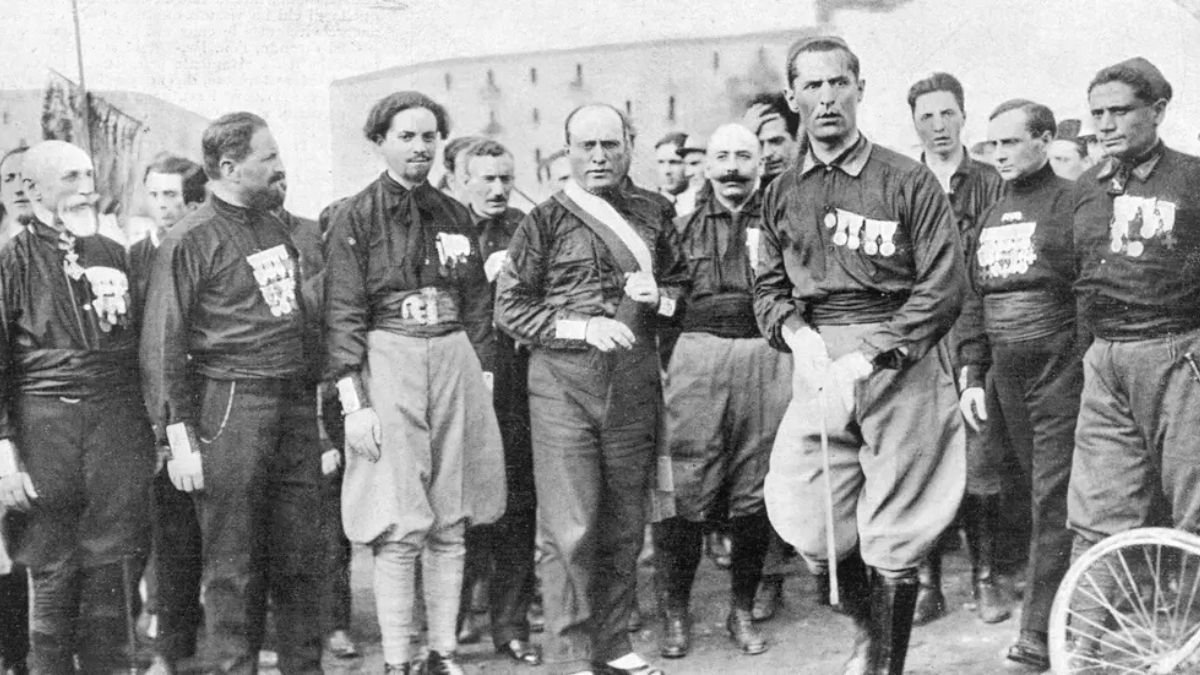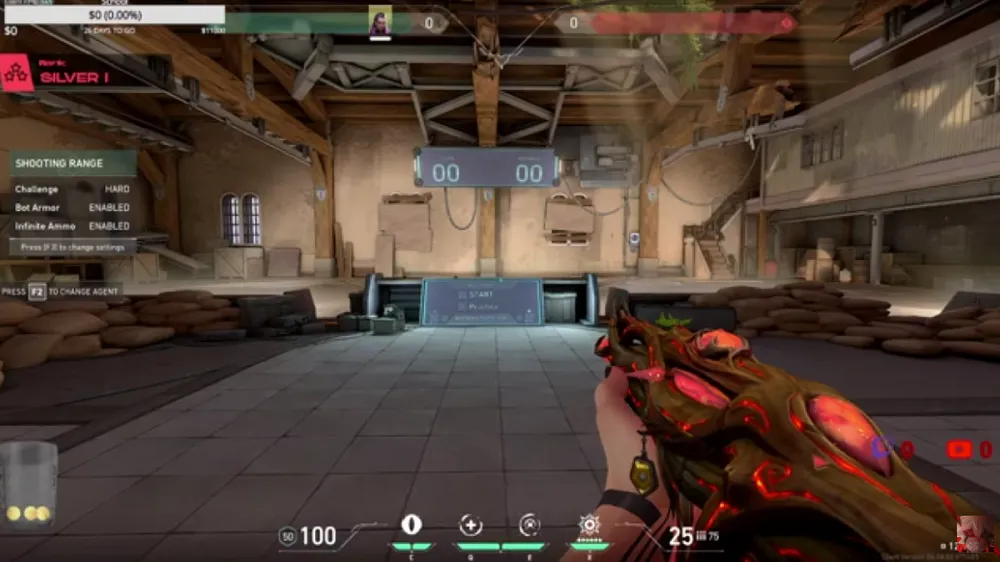Highways are the backbone of America’s transportation system, and when one closes suddenly it creates a ripple effect far beyond a single stretch of road. The US Hwy 51 closure utility emergency highlights just how quickly an unforeseen event can disrupt traffic, commerce, and even public safety. If you’ve ever found yourself stuck in gridlock because of a closure, you already know how frustrating and confusing the experience can be. This article dives deep into the causes, impacts, and solutions surrounding utility-related closures on US Highway 51, while also giving you practical advice to navigate them.
Understanding the US Hwy 51 Closure
US Highway 51 is more than just pavement. It stretches over 1,200 miles from Louisiana up through Illinois and into Wisconsin, connecting small towns with major metropolitan hubs. Farmers, truckers, daily commuters, and travelers rely on it. So when the highway shuts down due to a utility emergency, the effects can be wide-ranging.
But why exactly would an emergency with a utility company bring traffic to a halt? Utility emergencies can involve gas line leaks, damaged electrical infrastructure, or even broken water mains. These events create unsafe conditions for both drivers and road workers, which means shutting down the highway isn’t just inconvenient—it’s essential for safety.
Causes of Utility Emergencies on Highways
Highways often run parallel to or directly above essential utility lines. A problem underground or overhead can trigger a closure within minutes. Common causes include:
- Gas leaks: Highly flammable and dangerous, gas leaks are one of the most common reasons for immediate shutdowns.
- Electrical line damage: Downed or sparking power lines can endanger drivers and emergency crews.
- Water or sewer main breaks: Bursting pipes can flood lanes, weaken roadbeds, and cause sinkholes.
- Construction mishaps: A backhoe accidentally hitting a buried utility line can quickly turn into a major problem.
- Weather events: Storms, lightning, and freezing conditions often trigger utility failures that spill over onto highways.
- Traffic accidents: Severe crashes sometimes damage utility poles, transformers, or hydrants, causing cascading issues.
Table: Common Utility Emergencies and Their Impact
| Utility Emergency | Safety Risk | Typical Closure Duration | Example Scenario |
| Gas Leak | Explosion or fire hazard | 6–24 hours | Gas main punctured during construction |
| Electrical Failure | Electrocution, fire risk | 12–48 hours | Storm knocks down multiple power poles |
| Water Main Break | Flooding, road damage | 12–72 hours | Aging pipe bursts under highway lanes |
| Sewer Line Collapse | Health hazard, sinkholes | 24–72 hours | Erosion causes roadbed instability |
Impact of US Hwy 51 Closure on Communities
When the highway shuts down, the first impact you feel is traffic. Cars line up, trucks reroute, and commuters scramble for alternatives. But the deeper consequences are often less visible.
- Traffic disruptions: Thousands of vehicles can get delayed, stretching what should be a 20-minute commute into an hour-long ordeal.
- Economic effects: Businesses that rely on freight shipments face delays. Truck drivers may lose hours of service, costing money and productivity.
- Emergency services: Ambulances and fire trucks may have to reroute, potentially delaying life-saving responses.
- Community stress: Families miss school drop-offs, workers arrive late, and tempers flare as detour congestion grows.
A sudden closure can cost local economies tens of thousands of dollars per day, especially when freight corridors like US 51 are involved.
Alternative Routes and Detours During the Closure
When a closure strikes, your best weapon is information. Departments of Transportation typically issue detour plans quickly. You’ll often see:
- Detour signage along nearby state highways or county roads.
- GPS updates from apps like Google Maps and Waze.
- Local DOT websites providing maps and estimated reopening times.
Tips for drivers navigating detours:
- Leave earlier than usual during closures.
- Keep an eye on truck-heavy detours; they often get congested first.
- Use radio traffic updates for real-time conditions.
- Consider alternate modes of transportation (commuter buses or trains, if available).
How Authorities Handle a Utility Emergency on Highways
When a utility emergency threatens highway safety, agencies act fast. Their process usually looks like this:
- Detection of the issue – often from utility sensors, public reports, or accidents.
- Immediate response – law enforcement blocks access to the highway to protect the public.
- Utility crew dispatch – repair specialists arrive on-site with equipment.
- Containment – shutting off gas, rerouting electricity, or pumping water to stabilize the area.
- Repair and restoration – crews dig, replace lines, or rebuild damaged sections.
- Reopening – the highway reopens once safety inspections are complete.
Quote from a highway safety officer:
“Shutting down a busy highway isn’t a decision we make lightly, but public safety always comes first. A utility emergency can escalate in seconds if not contained.”
Case Studies – Past US Hwy 51 Utility Emergencies
Looking at previous closures provides insight into just how disruptive these emergencies can be.
Case Study 1: Gas Line Rupture
In southern Illinois, a construction crew accidentally struck a major gas main. The highway was shut for 18 hours. Residents nearby were evacuated as a precaution. While no injuries occurred, the closure cost trucking companies thousands of dollars in lost time.
Case Study 2: Storm-Related Electrical Outage
In Wisconsin, a severe thunderstorm knocked down multiple power lines over Hwy 51. Repair crews worked for two days, rerouting power while traffic crawled through detours. Businesses in the area lost power, doubling the impact.
Case Study 3: Water Main Break and Flooding
Near Memphis, an aging water main burst beneath Hwy 51, flooding both lanes. The repair lasted three days as engineers had to replace sections of pipe and repave damaged asphalt. Detour routes experienced heavy gridlock, leading to widespread commuter frustration.
How Drivers Can Stay Informed During Closures
In the digital age, you have no shortage of tools to stay updated. Here’s how you can track closure updates:
- DOT websites – Most states offer real-time traffic dashboards.
- Social media updates – Twitter feeds from highway patrol and DOT offices.
- Local radio stations – Quick updates during rush hour.
- Apps like Google Maps, Waze, and INRIX – Provide live rerouting.
For drivers of commercial vehicles, subscribing to Trucker Path or industry-specific alert services can prevent costly delays.
Preventing Future Utility Emergencies on Highways
Prevention saves time, money, and lives. Here’s what’s being done—and what could be improved:
- Infrastructure upgrades: Replacing aging water mains, reinforcing electrical systems, and modernizing pipelines.
- Routine inspections: Regular checks help spot cracks, leaks, or weaknesses before disaster strikes.
- Community awareness: Residents reporting unusual odors, smoke, or water pooling can prevent accidents.
- Improved coordination: Utility companies and DOTs sharing data about underground lines and maintenance schedules.
Investing in resilience today reduces the chance of sudden closures tomorrow.
Key Takeaways on the US Hwy 51 Closure Utility Emergency
- Closures happen because safety outweighs convenience when utility systems fail.
- Causes include gas leaks, downed power lines, water main breaks, construction mishaps, and severe weather.
- Impacts stretch from traffic jams to economic losses and delayed emergency response.
- Drivers can use DOT updates, apps, and detour signage to minimize frustration.
- Long-term solutions rely on better infrastructure, proactive inspections, and community reporting.
FAQs
Why is US Hwy 51 closed today?
It’s often due to a utility emergency like a gas leak, downed power line, or water main break. Always check DOT websites for updates.
How long will a utility emergency keep the highway closed?
It depends on the severity. Minor issues may clear in hours, while major breaks can last days.
What detours are available during a closure?
DOTs publish official detour routes, but GPS apps like Google Maps provide the most current alternatives.
Final Thoughts
The US Hwy 51 closure utility emergency is a clear reminder of how interconnected our daily lives are with unseen infrastructure. When a pipe bursts or a power line falls, thousands of drivers feel the impact. By staying informed, planning ahead, and understanding the process behind these closures, you can turn a frustrating detour into a manageable inconvenience. More importantly, these situations highlight why ongoing investments in infrastructure are vital for safe, reliable travel.











Leave a Reply